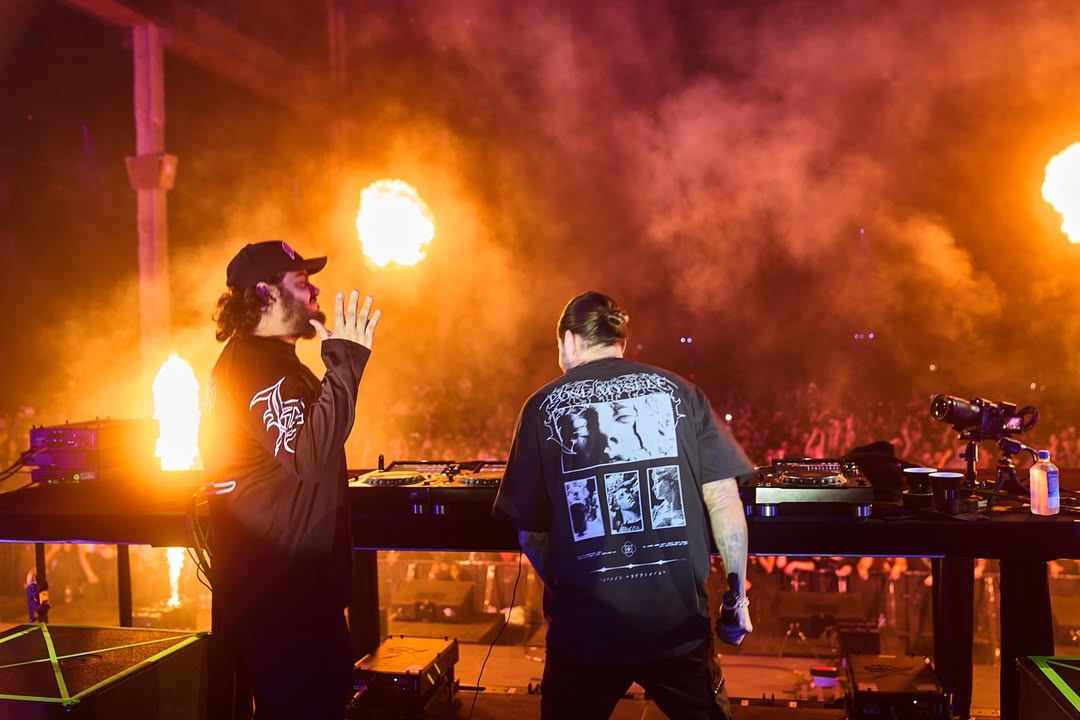When it comes to pop culture history, there’s always a few especially defining years. For the anime industry, that year was 2006. Not only was '06 the year Crunchyroll was founded, but this was also when some of the most iconic series and films were released, such as Fate/Stay Night and Higurashi: When They Cry.
Many 2006 anime series and movies paved the way for future franchises, redefined specific genres, and/or were categorized as critically acclaimed. Let’s recall the many iconic series that made it such an important year for the anime industry.
The Hikikomori Life: Welcome to the NHK
2006 brought in some melodramatic adulting stories such as Ai Yazawa’s Nana. Yet one series stood out among the rest: Welcome to the NHK. This anime is based on a 2002 novel written by Tatsuhiko Takimoto and focuses on the lives of several young adults who live in Tokyo. Tatsuhiro Sato is an unemployed, university dropout who lives a hikikomori (reclusive) lifestyle. He meets Misaki Nakahara, who tries to help cure his hikikomori habits by psychoanalyzing him.
Welcome to the NHK explores the hikikomori phenomenon as well as depression, isolation, and life hardships — all of which are real issues that young adults in Japan go through on a daily basis. This series provided a glimpse into the lives of hikikomori people and helped craft future hikikomori-like anime characters such as Shiro and Sora from No Game No Life.
Ouran High School Host Club: The (Reverse) Harem King
The reverse harem genre was really strong in 2006 with such titles as The Story of Saiunkoku, La Corda d’Oro, and The Wallflower. However, the series that defined this year and genre is Ouran High School Host Club, a rom-com revolving around the life of Haruhi Fujioka. Haruhi is a scholarship student at the prestigious Ouran Academy. She ends up forcefully joining the school's Host Club after accidentally breaking an antique vase and having to pay for it by becoming a club member.
Ouran High School Host Club is a story about friendship and family, but its content also parodies otaku culture. The series became an unintentional cult classic for fujoshis as it highlights frequent gender-bending and cross-dressing among characters while glamorizing the shipping culture of male characters.
The Sci-Fi Comedy of Gintama & Haruhi Suzumiya
There are two acclaimed sci-fi comedies from 2006 worth watching. The first is Gintama, an episodic formatted series set in an alternate history of the Edo period, where aliens known as the “Amanto” are colonizing the Earth. The main protagonist is an eccentric samurai named Gintoki Sakata. He and his comrades, Shinpachi Shimura and Kagura, do odd jobs to pay rent and secure their means of survival. Gintama is filled with gags and shonen cliches as well as humorous commentary about Japanese culture. Yet aside from its comedic roots, the series still provides thought-provoking messages about social inequality.
Likewise, The Melancholy of Haruhi Suzumiya is a mixture of slapstick comedy and sci-fi weirdness. The series follows a high school student named Kyon who is forced to join his eccentric classmate’s club, where the SOS Brigade’s purpose is to investigate supernatural phenomena. Kyon and Haruhi Suzumiya are joined by Yuki Nagato, Mikuru Asahina, and Itsuki Koizumi who are secretly extraordinary beings with supernatural gifts. They are at school to observe and monitor Haruhi, who is unaware that she has destructive warping powers that can destroy and create new worlds and realities.
Over the last 15 years, The Melancholy of Haruhi Suzumiya became an internet phenomenon in which fans have since created their own parodies and homages to the beloved series.
Award-Winning Films: The Girl Who Leapt Through Time & Paprika
If a host of acclaimed anime series wasn't enough, 2006 also featured two award-winning sci-fi films based on Yasutaka Tsutsui’s novels. The Girl Who Leapt Through Time follows a high school student named Makoto Konno who discovers she can time travel. She uses this power to her own benefit but soon learns that her excursions have severe consequences.
In the highly popular Paprika, Atsuko Chiba and Kosaku Tokita develop a device that allows them to enter someone’s dreams. They hoped to use this invention to cure patients of their psychological disorders -- however, it gets stolen by a mental terrorist, and now they must enter dreams to stop them.
Code Geass/Death Note: Anti-Heroes & Philosophical Values
2006 was also a year of anti-heroic characters who made us reconsider society's values when it comes to social justice. Two action series with likable anti-heroes are Black Lagoon and Code Geass: Lelouch of the Rebellion. In Black Lagoon, a group of pirate mercenaries known as the Lagoon Company are tasked with smuggling goods around Southeast Asia, leading them to many violent fights with other underground crime businesses.
Code Geass sees an exiled prince, Lelouch vi Britannia, encounter a mysterious woman named C.C. who grants him the “power of absolute obedience.” He uses this power to lead a rebellion against the Holy Britannian Empire. The main highlight of both series is the character development: Lelouch and Revy have a charisma and determination within that makes them appealing to audiences young and old, even if they do some illegal activity.
Similarly, in the iconic Death Note, Light Yagami acquires a mysterious notebook known as the “Death Note,” which allows the user to kill anyone just by writing down his or her name and describing how they die. Light takes on the vigilante persona known as “Kira” and uses the notebook to create a “crime-free” society by killing anyone he classifies as being immoral. Light is a fantastic representation of the “anti-hero.” His ideals seem justified, except that he’s taking on a god-like persona and justifies “murder” to meet his goals. Death Note invites audiences to philosophically question whether or not someone can pass judgment onto someone else, sparking a variety of debates that still continue 15 years later.
Another 2006 psychological/philosophical series is Manglobe’s Ergo Proxy. This post-apocalyptic series is set in a world where humans and androids coexist in society. One day, a virus causes the androids to commit murders against humans. Re-L Mayer investigates these murders and soon uncovers a heinous government plot. Ergo Proxy is praised for its visuals, mixing 2D digital cel animation and 3D computer modeling, as well as incorporating philosophical ideology like Gnosticism into the storyline.
With so many incredible anime series and films from a variety of genres that still resonate today, 2006 was surely a gateway into the anime realm for countless people across the world. Death Note in particular remains widely viewed as a prime "introduction series" for those looking to get into anime today. Overall, 2006 was an historic year for the industry and we can only hope that another such year is coming in the near future.
About The Author

